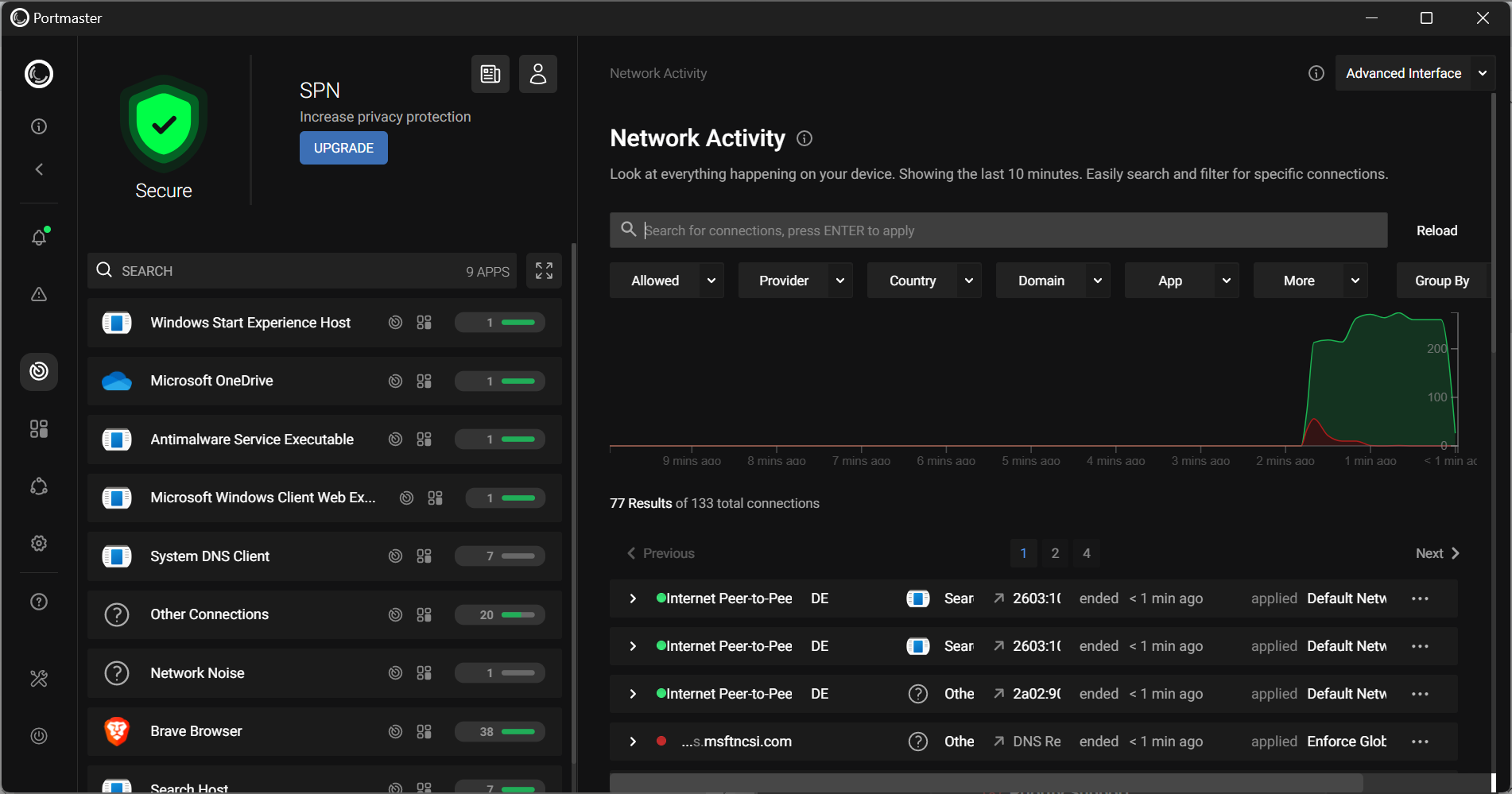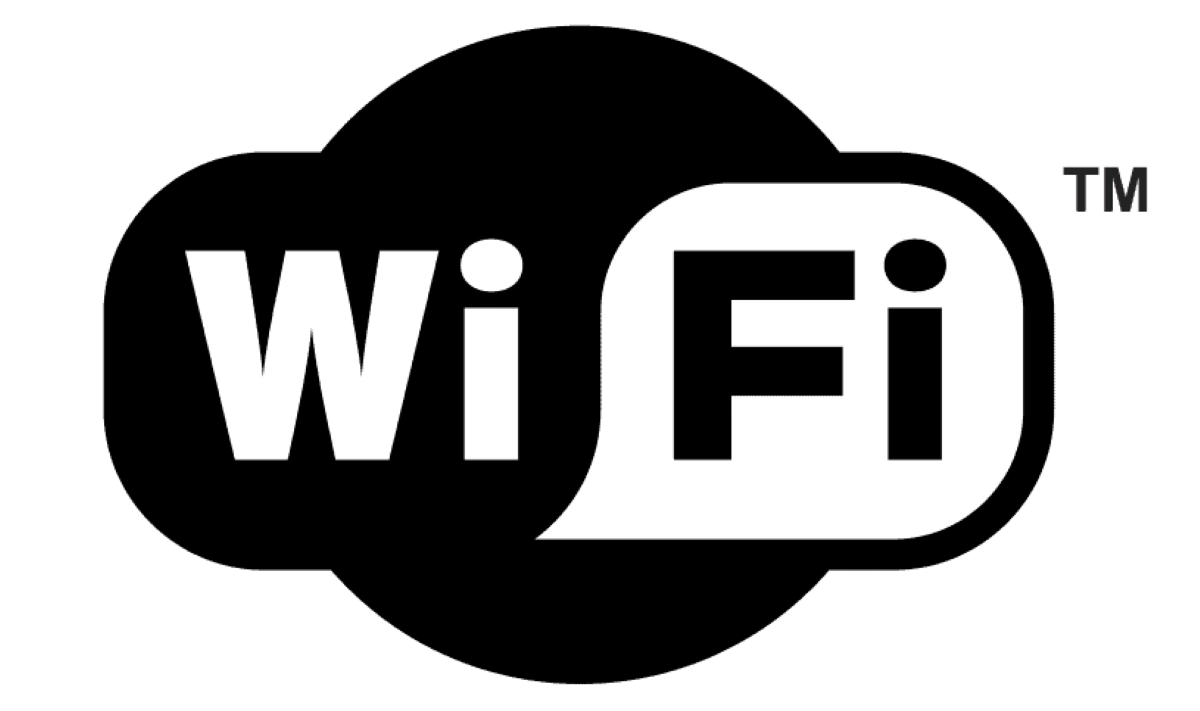WiFi Basics Part 2: Standards and Amendments Through 802.11n

Today, WiFi is everywhere: coffee shops, restaurants, retail, hotels, sports venues, etc. We can access it from our laptops, tablets, and smartphones. At home there may be game consoles, smart home devices, and set top boxes. I have several ChromeCast devices. They turn your TV into a wireless network device that you can stream movies from your computer or phone directly to the TV. It is so pervasive in our lifestyle that we don’t give it a second thought.
Interesting tidbit: I’ve worked extensively with national hotel chains, and I can tell you that in 2012 the average business traveler had 2 WiFi devices connection to the hotel network. Today, that number is between 3 and 3.5 devices per guest room. I’ve seen many hotels scrambling to increase capacity due to customer demand.
But it wasn’t that long ago when WiFi was only used by geeks and large corporations. This is the second article in a series covering WiFi basics. If you missed the first part, check it out here. We will be discussing the evolution of the different standards and amendments; their properties and capabilities.
In the beginning, there was the 802.11-1997 standard. The original version was more a precursor to useable WiFi. The standard included FHSS (frequency-hopping spread spectrum), DSSS (direct sequence spread spectrum) in the 2.4GHz band, as well as Infrared. Bandwidth was limited to 1-2Mbps. The standard was so loosely defined that there were many commercial products where interoperability was very difficult, if not impossible. The most popular were products made by Proxim and Symbol (now part of Motorola).
The first ‘real’ WiFi: 802.11b
Most don’t realize that the 802.11a and 802.11b amendments were released at the same time (1999). We’ll talk about 11b first because it builds on the original standard.
First of all, 11b uses DSSS which spreads the signal power over a band of frequencies approximately 22MHz wide. The advantage is the increased signal-to-noise performance as compared to previous methods. The second major improvement was to use an advanced coding technique called CCK (complimentary code keying). The result was an increase in throughput to 11Mbps as well as improved performance. This also includes that ability to step the throughput down to 5.5, 2, and 1Mbps as necessary.
11b was fairly popular. One of the main reasons was the creation of the WiFi Alliance. This non-profit organization was started in 1999 by several tech companies to ensure interoperability of products between manufacturers.
802.11a was kind of like the Edsel of WiFi, technologically ahead of its time, and no one wanted it.
As I mentioned, the 11a and 11b amendments were released at the same time. But, 11a was originally proposed earlier, hence the ‘a’ because it was first. The 11a specs are very different.
First, it uses the 5GHz band; with all the advantages and disadvantages inherent in the higher frequencies.
Second is the use of OFDM (orthogonal frequency division multiplexing). This technique splits the RF channel into 64 sub-channels (sub-carriers), transmitting smaller amounts of data across multiple sub-channels simultaneously. The result is up to 54Mbps throughput, with the ability to step down to 48, 36, 24, 18, 12, 9, and 6Mbps. It also significantly reduces the problem of interference due to multipath. 11a is not compatible with 11b.
11a was not very popular, primarily due to the cost. As a general rule, higher frequency capable equipment is more expensive to manufacture.
Game Changer: 802.11g
802.11g, released 2003 was a true game-changer. Basically, it combined the best of both worlds. It uses the 2.4GHz band, along with the superior OFDM modulation technique; at costs close to 11b devices. One major downside was the requirement for backwards compatibility; 11g devices had to be able to communicate with 11b devices. This capability can severely affect the performance of your WiFi network; which is a topic to be discussed in a future article.
11g was immensely popular. It was responsible for the explosion if WiFi in the broader consumer market. In fact, that was when many ISPs started including WiFi in their CPE (customer premise equipment) gear. For many people, their first WiFi experience was an 11g wireless router. The most successful was Linksys WRT54G, originally released late 2002. Part of the reason is the ability to customize the firmware; another topic for a future article.
802.11-2007 was a “roll up†of standards and amendments to date. It included 11a, 11b, and 11g. There were other amendments included that are not directly related to the discussion at hand.
Enhancements incoming: 802.11n
802.11n released in 2009 was highly anticipated. There was a growing demand for better performance and more throughput. For example 2007, Netflix introduced a subscription-based service to stream video directly to the consumer. I’ve seen estimates that say streaming video (mainly Netflix) is responsible for over 30% of internet traffic today.
One thing that most (even tech-savvy) people don’t realize is that 11n is used in both 2.4 and 5GHz bands. For all practical purposes, it is a set of enhancements to existing 11a and 11g.
Improved implementation of OFDM. Although the number of sub-carriers remained the same, 11n uses more of them to carry data; fewer sub-carriers dedicated to Pilot/Control/Management. This means more throughput.
Added MIMO (multiple-input multiple-output) capability. The detailed explanation of MIMO would take up an entire article on its own. In summary, 11n devices have the capability of transmitting multiple streams of data (up to 4) at the same time. Each stream can have up to 72Mbps of throughput.
This is dependent on the design of the specific device. Each stream must have at least one antenna. This is why you see 11n devices with anywhere from 1 to 6 antennas. The standard notation used is 3x3:3, for example. This indicates 3 transmitting antennas, 3 receiving antennas, and 3 spatial streams. Due to cost, there are very few 4x4:4 devices on the market. A single antenna device is not capable of MIMO; these are normally the very inexpensive devices usually marked as n150.
Channel bonding. As discussed in the previous article, 11n allows for the use of up to 2 channels, basically doubling the throughput.
Added basic beamforming. This is a highly technical topic, so I’ll just summarize. Beamforming is a technique used to modify the amplitude and phase of the transmitted signal so that it creates “constructive interference†to a specific recipient. The result is that even though 2 signals were sent from 2 antennas spatially separated, they appear as 1 stronger signal to that specific recipient.
With all of the above enhancements, 11n is capable of: raw data throughput of up to 600Mbps, more useable signal coverage area, and improved connection reliability.
A draft of the amendment was released in 2007. It was close enough to what everyone thought would be the final, that many manufacturers started producing draft-n devices. Although enterprise and business customers were reluctant to commit to a draft-n device, the consumer market made 11n extremely popular. Today, 11n devices are the de facto standard everywhere.
802.11-2012 was another “roll up†of standards and amendments to date. It included everything from 802.11-2007 plus 11n. There were other amendments included that are not directly related to the discussion at hand.
Note that Adaptive modulation is used to optimize transmissions and error performance. All WiFi devices (802.11a/b/g/n) are capable of shifting to a different modulation technique based on signal strength, transmission errors, interference, etc. This is responsible for the step-down of throughput mentioned throughout this article.
These standards are maintained by the IEEE (Institute of Electrical and Electronics Engineers).
For more info, visit their website at: http://standards.ieee.org/about/get/802/802.11.html
In my next article, I’ll cover 802.11ac plus other new amendments you may not be aware of.
As always, if you have an idea for an article, please let me know in the comments below.



















Kevin, I have thought long and hard about which article will combine: “you have to know this!” and also “how to do it!”
I personally (and probably more people) really want to know when main (there) hardware and/or software is crashing what can i (they) do to save or migrated main (there) Microsoft Windows 7 software license to main (there) new hardware.
White hardware i mean new hard disk, new video card, new disk card, etc.. and main (there) new drivers.
Which programs can really do something for me (us), which programs are the handiest and how to use them.
Hopefully you will honor main request anyway thanks for giving me a change to ask for this article.
Great article. Very information.
Thanks again, Kevin…keep em’ coming!
Great article Kevin, clearly written by someone with a fine eye for detail and ferry helpful for me.
And because of that I have a very small observation for you Kevin in the summery part of this article I find: Author
Martin Brinkmann
We all now its you but I thought it was funny!
P.S. I am still thinking of a article.
Love this new series of informative posts! Looking forward to others like it. Good job!
Thumbs up Kevin
Thanks for the great summary – I’m sure there are huge details behind what you stated, but the depth you elected to go meets my needs for now.
My first draft of the article, I kind of got carried away.
It was way too detailed; had to trim about half of it.
Sometimes it’s difficult to find the balance.
Nice article.
Thanks Martin
A Best Practices article is definitely coming very soon
Hardware and software recommendations sound like a good idea.
Could you explain the whole firmware/router thing? I need a wireless router and I’m worried about the security aspect. As far as I can tell manufacturers don’t do updates that often. Doing the whole flashing your router with open source firmware doesn’t appeal to me because it’s too technical. As far as I understand, the main reason people add third party firmware is so that they can do all kinds of things with the routers that I don’t have a clue about and I don’t have a need for. But I keep reading that routers are so insecure, they are mass produced, the manufacturers don’t care about updating, etc. I guess my question is: Do you really need third party firmware added to your router to be more secure? Should I buy a pre-flashed router? If you could shed light on this confusing matter in a future post that would be greatly appreciated! I’m sorry if my terminology is incorrect, I’m SO in the process of learning.
Third party firmware is not necessary. It’s for geeks, or for those with specific needs like better VoIP performance, and such. About the only time a manufacturer won’t update a firmware to fix a security exploit is if it can’t be fixed due to the type of hardware in the router. If a router is 4-5 years old, forget it. There’s no profit in updating obsolete routers, or when they are within a few months of their expected life cycle. It’s just the way it is.
I recommend TPlink routers. But, just about anything you find in a big box store is going to do the job. Don’t get the lowest end model. Get something mid-range. Other’s here might suggest their favorite brand.
An article about security is a good idea.
Kevin, wonderful post again. I have two suggestions for future posts:
1. A post about your recommendations, e.g. which wireless router in the low, mid and high price range you recommend and why.
2. A best practices guide that explains how to get the most out of the router.